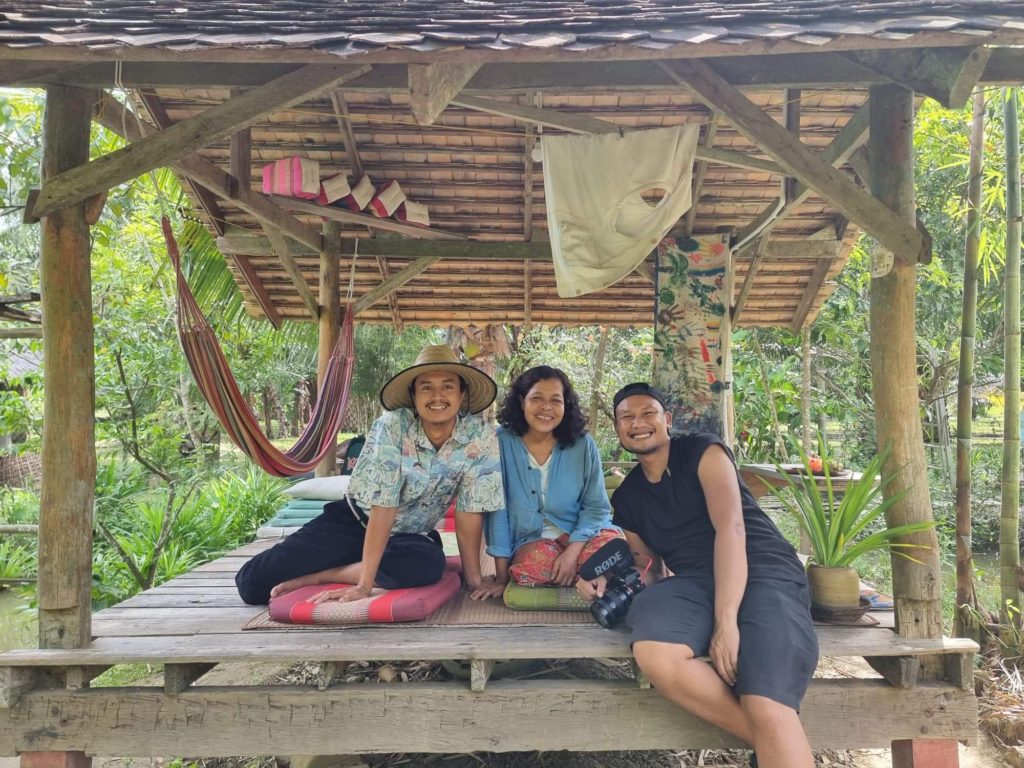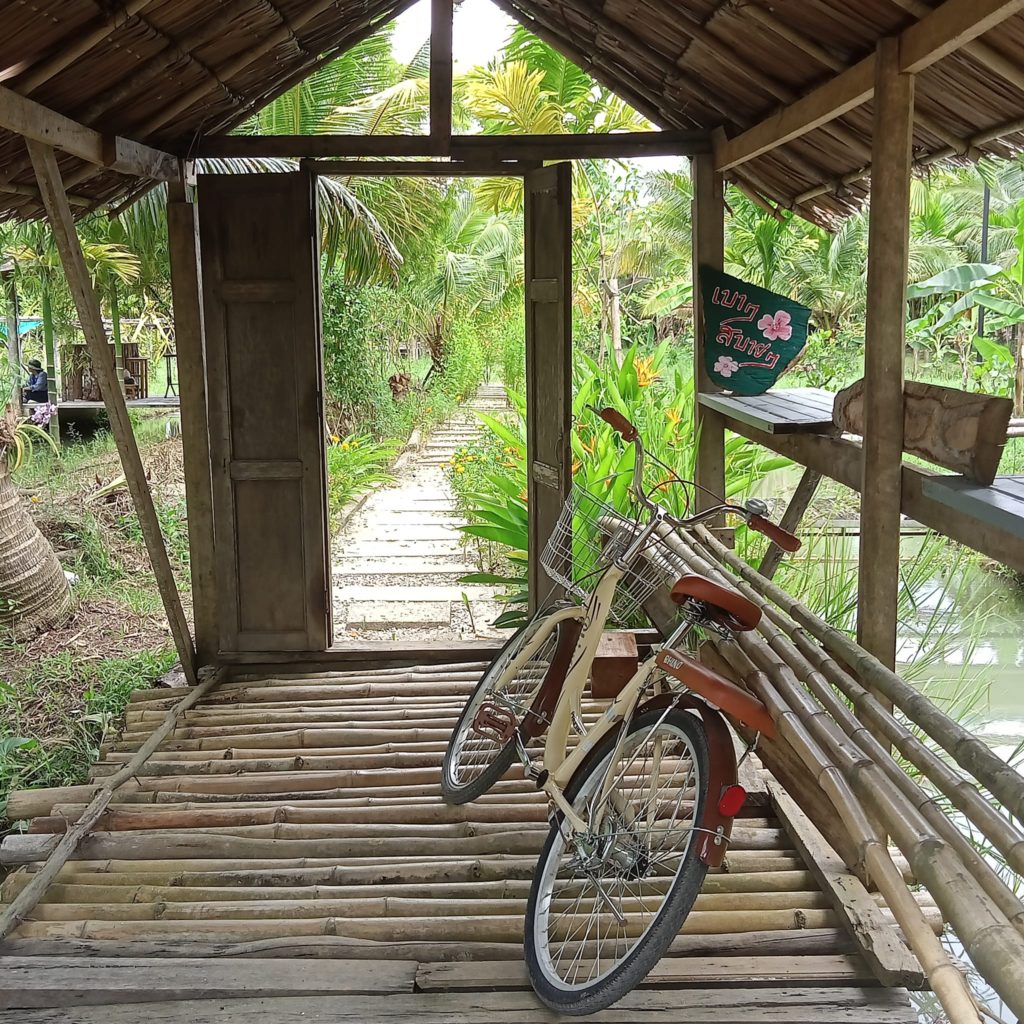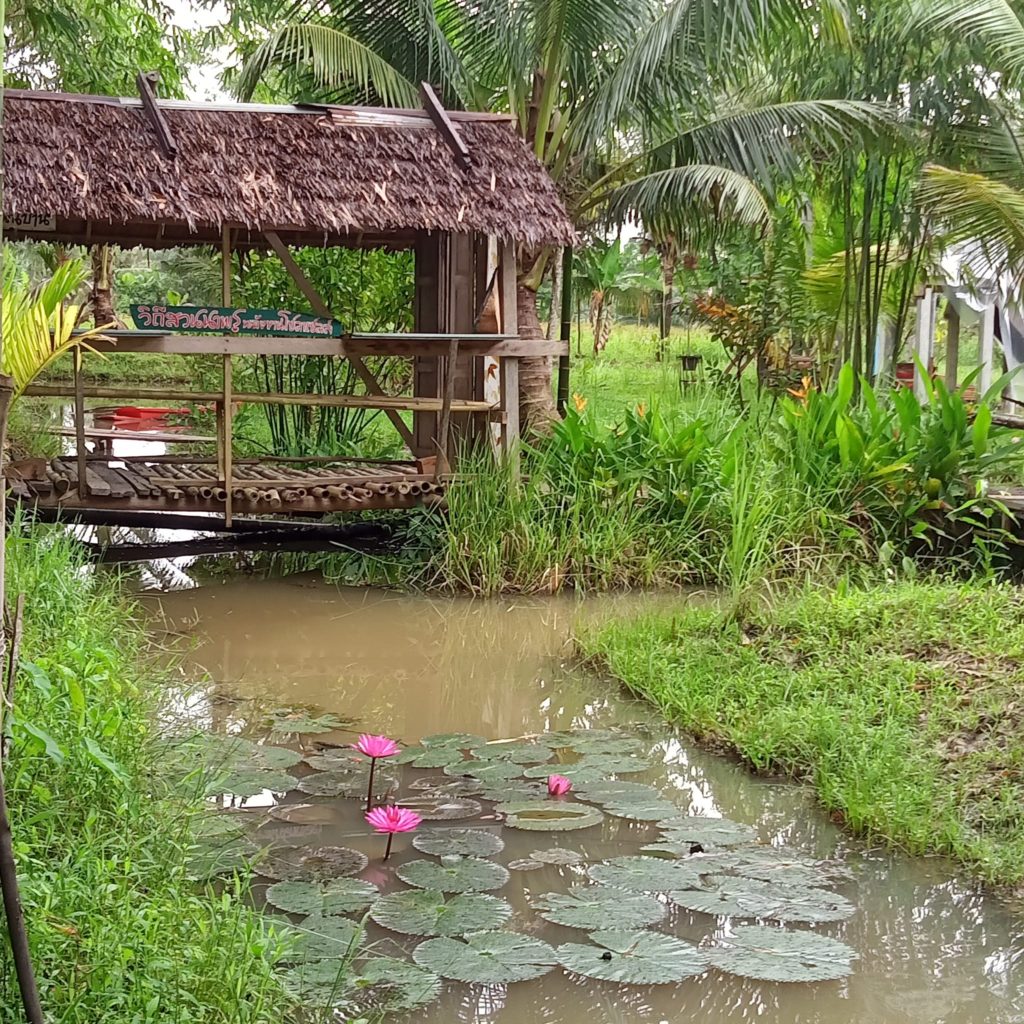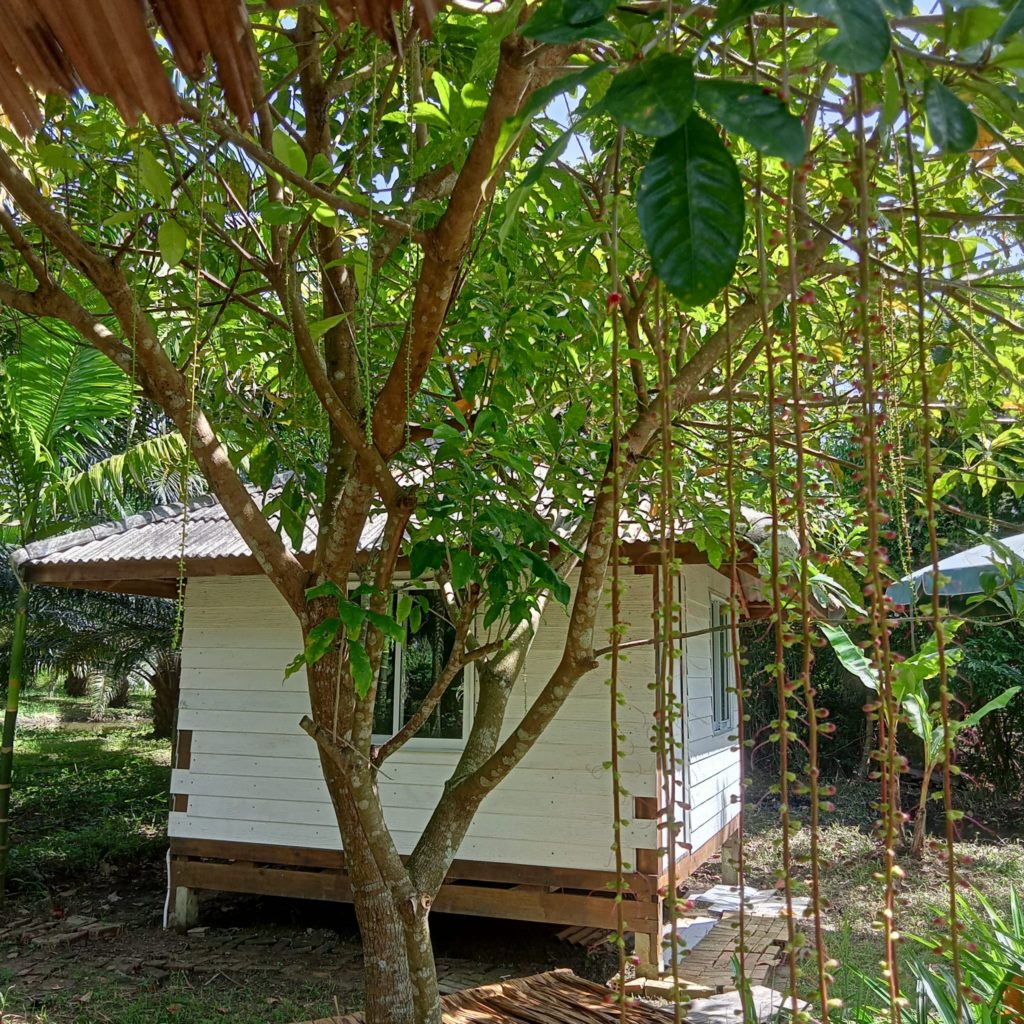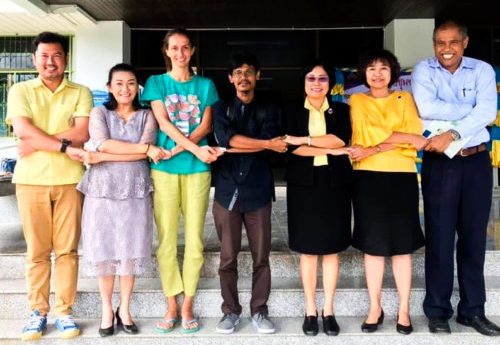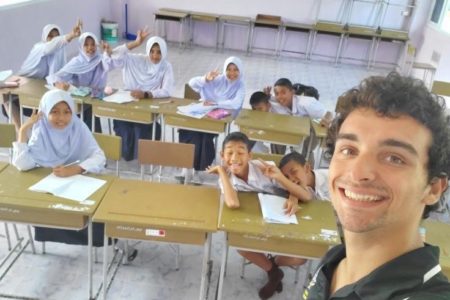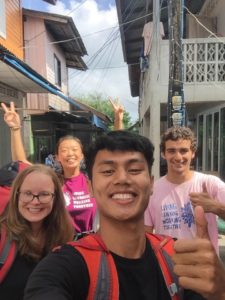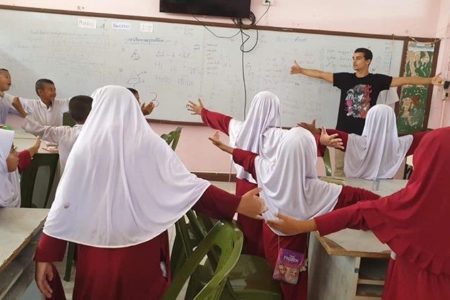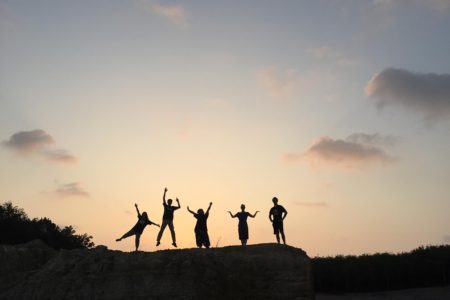Ban Kok Riang (Creative English teaching and community living)
DaLaa MLTV project – code: 2301
Open all year round, minimum 2 months stay
Maximum number of volunteers: 3-4
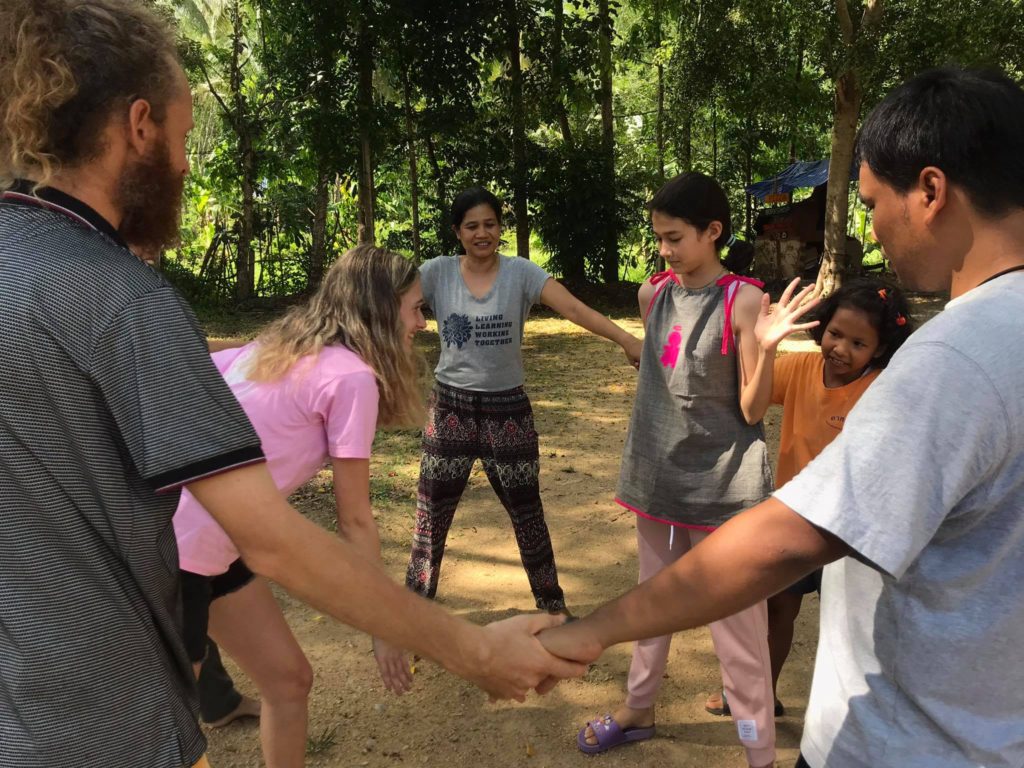
SHORT DESCRIPTION
Volunteers will join a small Buddhist community in Klong Hoy Khong districk, Sonkhla province, South of Thailand. They will organize activities for kids at the local school and in the village, share the life of the VSC (volunteer service community), helping with other work such as organize mini work camp in the weekend, helping in gardening and construction work at VSC (volunteers service community).
HISTORY and REASONS OF THE PROJECT
The village is known as Ban Kok Riang which is situated in Klong Hoi Khong district of Songkhla province, Southern Thailand. It is about 30 minutes away from Hatyai city and 15 minutes from the airport. The approximate number of villagers settling in this village is about 1,200 people or 140 families. Most of the villagers own fruit orchard and rubber plantation, and nearly all of them are Buddhists. There are a few Buddhist temples in the area and lots of rubber plantation lined up on the sides of the road. Some people living in the village commute to work at nearby city (Hatyai) for factories that export rubber and processed seafood products.
The school
Baan Plakkla School was founded in 1934 by the abbot of Plakkla temple. There are nowadays 6 teachers and 62 students from kindergarten to Grade 6 (6-12 years old). The kids have very few chances for interaction with foreigners and English language is more and more needed for their future.
Baan Plakkla School is a small school in Kok Muang sub district, Songkhla province, Southern Thailand. The school director, who shares our values, would like to welcome volunteers, to improve English skills for students to be able to communicate in this language. Volunteers can help to organize English lessons or other fun activities with the students from kindergarten to Grade 6 (6-12 years old). The English skills of the students are very poor. They are not familiar with foreigners. You can experience the local way of life, exchange with other volunteers, villagers and support the children education.
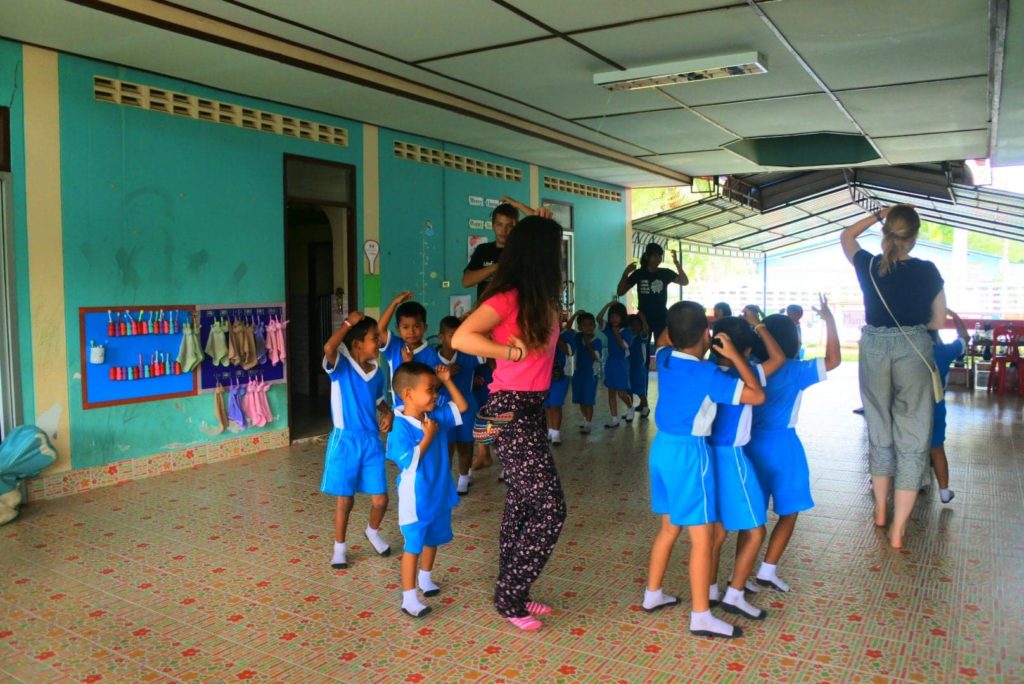
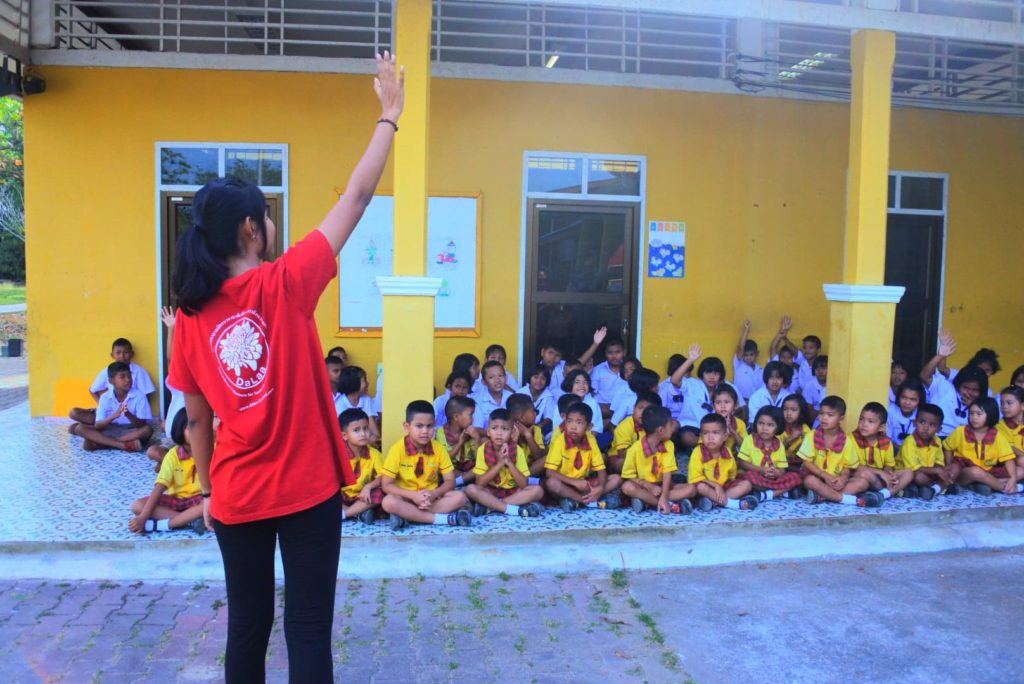
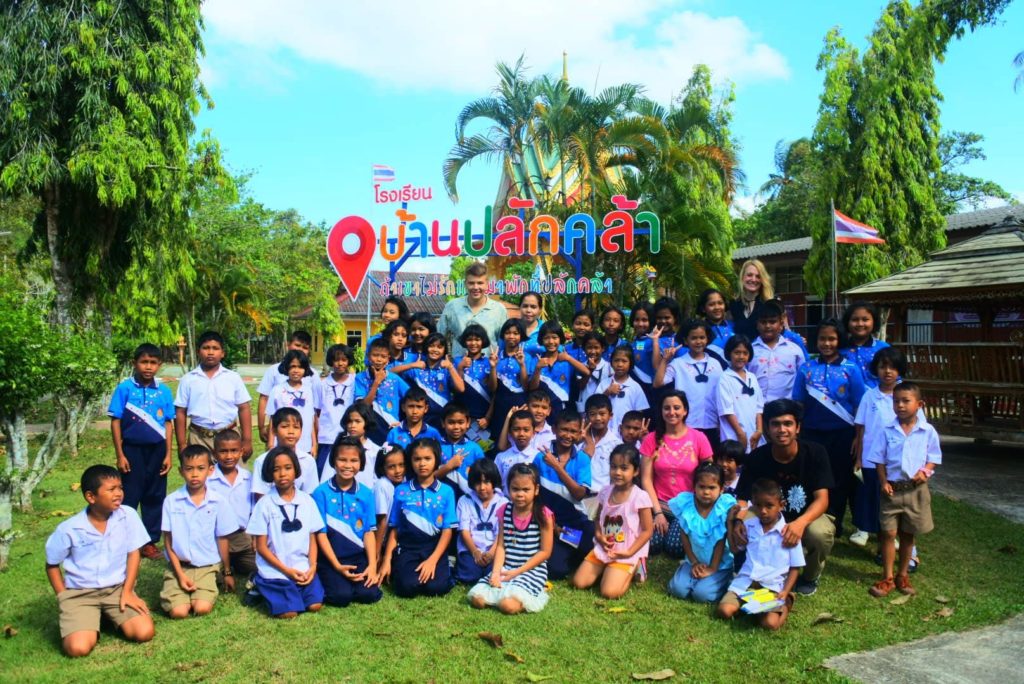
AIMS of the PLACEMENT
- To support Local school in the village
- To be part of the community of Ban Kok Riang village
- To be part of DaLaa organization , sharing life with staffs and other volunteers from VSC project
- To let children be familiar with volunteers and learn international/multi-culture atmosphere
- To improve English skills for students to be able to communicate with foreigners
WORK AND ACTIVITIES
- Give non-formal English classes and other fun activities with the students at primary school and at VSC on weekend
- Create teaching materials for teacher and kids
- Activities with villagers: cleaning the temple area, sport activities, homemade cooking dessert
- Cooking, gardening, seeds conservation, recycling, repairing and construction at VSC (volunteers service community)
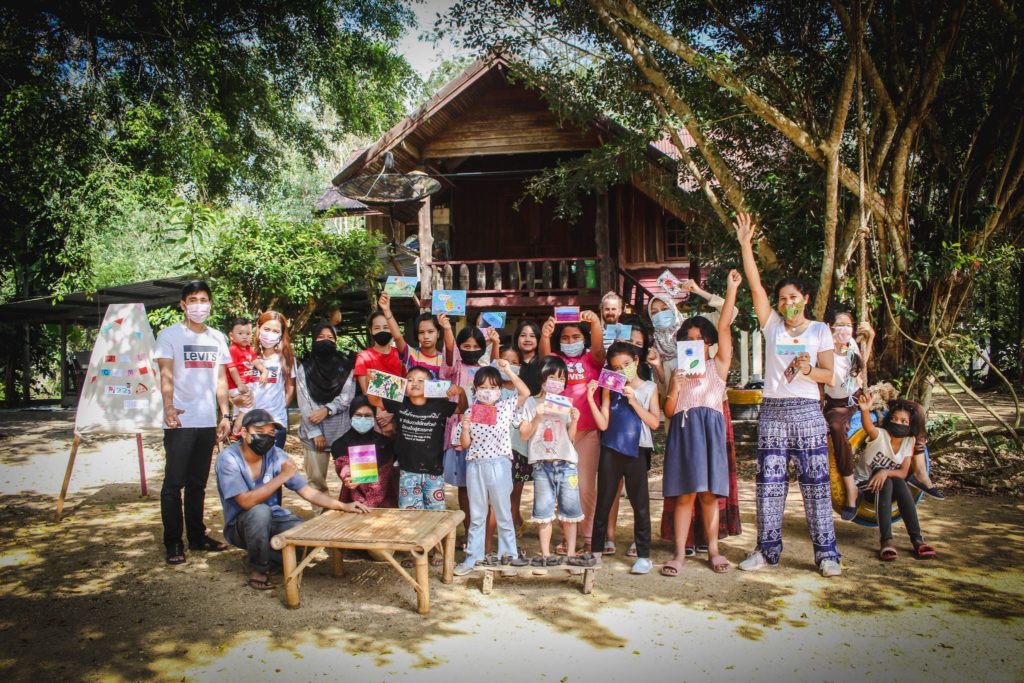
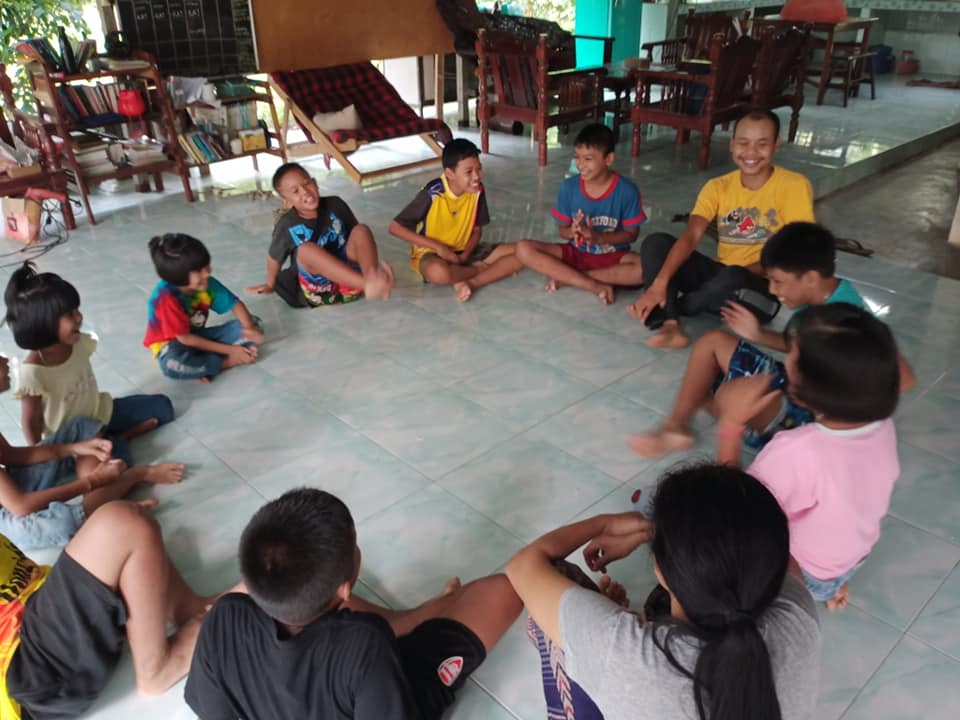
REQUIREMENTS
The volunteers should be ready to stay in a local area, to adapt to the local conditions with only basic facilities. Very few local people are able to speak in English. Volunteers should be able to be with the kids and prepare some games and material for teaching. Volunteers should be able to stay in a remote environment. Volunteers should be able to take responsibility for themselves and the team by taking care of their health and security and be fully involved in the daily tasks.
** Clothes worn in the village- schools and temples: skirts or shorts long enough to cover your knees also when you are sitting. Women should wear tops that cover their shoulders, no low neckline. Bikinis are not appropriate to swim if you go on holidays. Please wear long shorts and a top instead.
FOOD and ACCOMODATION
Volunteers will stay in the volunteers’ hut in the DaLaa organization area, there are also some DaLaa staff staying in the same place. There will be simple mats, pillow and mosquito net. There are basic toilets, showers and a kitchen. We cook together with the team and DaLaa staffs. Local people eat rice (or noodles) 3 times a day with side dishes like curries, omelets, local leaves and vegetables. Volunteers will be welcome to cook their own food using the ingredients available there. (No oven, only a gas and woks or pans).

